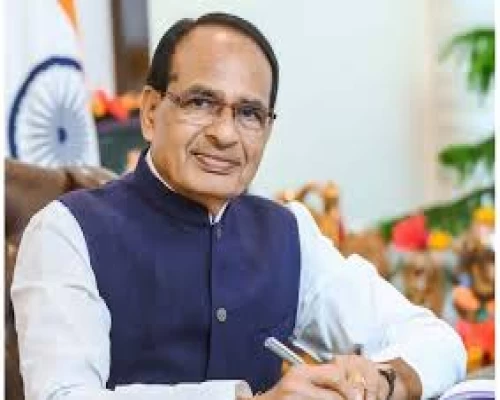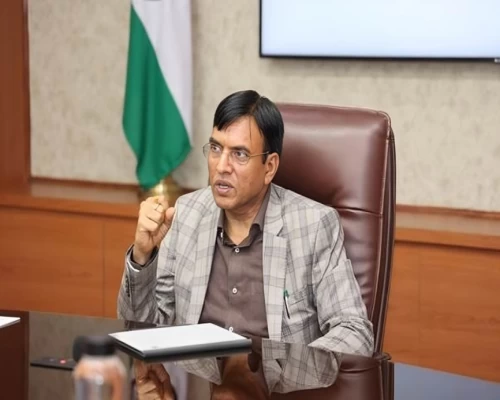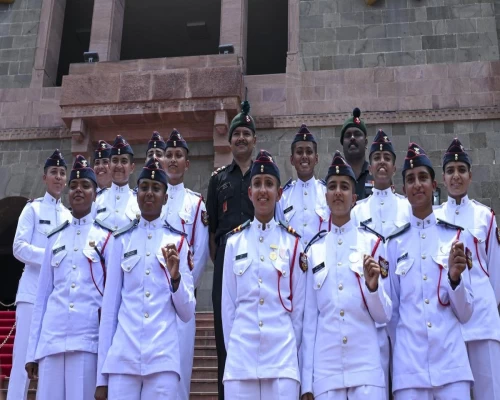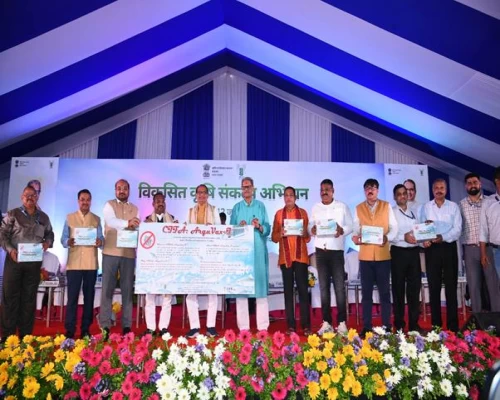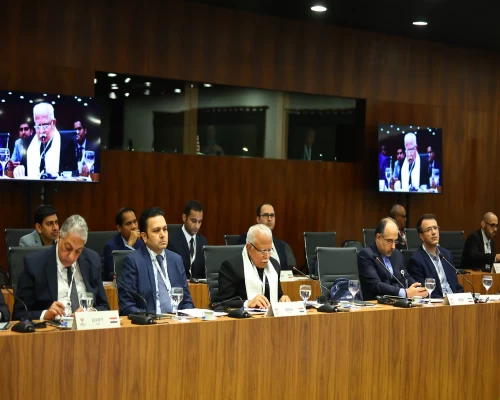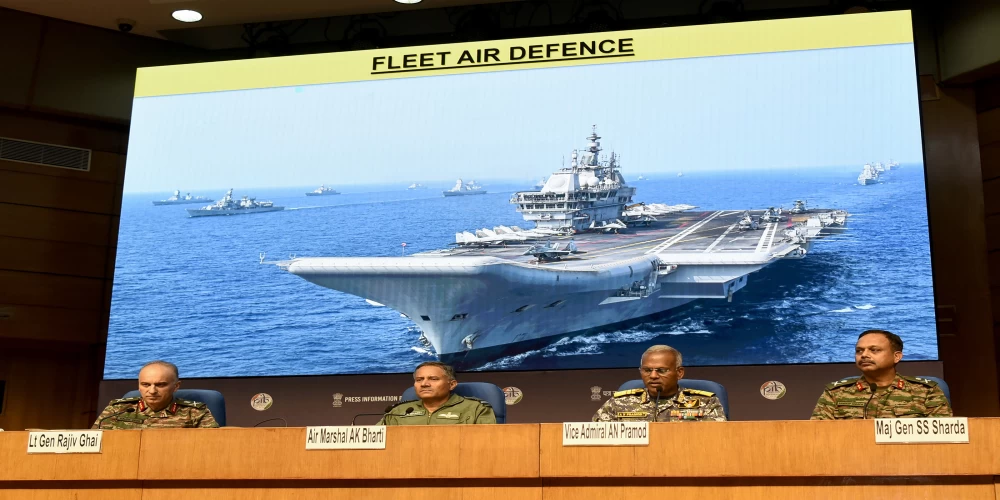
New Delhi: In a high-level press briefing on Monday, the Indian Armed Forces reaffirmed that the ongoing Operation Sindoor is specifically targeted at terrorist elements and infrastructure, and not directed against the Pakistani military or civilian population.
Speaking at the joint conference, Air Marshal AK Bharti, Director General of Air Operations (DGAO), underlined the ethical framework of the Indian military’s operations: “India’s fight is against terrorists, not the Pakistani military or civilians.” He added that the indigenous Akash air-defence system had played a pivotal role in intercepting hostile drones, describing it as a “battle-proven system that stood the test of time”.
The briefing was jointly addressed by Lieutenant General Rajiv Ghai (Director General of Military Operations), Vice Admiral A.N. Pramod (Director General of Naval Operations), and Air Marshal Bharti. The top brass shared operational highlights, including the interception and downing of Pakistani drones and missiles, as well as the destruction of terrorist hideouts and 11 Pakistani air bases during targeted strikes.
Vice Admiral A.N. Pramod stated that the Indian Navy had successfully validated its anti-missile defence systems following the Pahalgam attack. He elaborated on the Navy’s layered fleet defence mechanisms and outlined the strategic “bubble mechanism” developed to ensure maritime security across domains—air, surface, and subsurface.
Lt Gen Rajiv Ghai, drawing an analogy between layered defence systems and cricketing legends, remarked on Indian cricket captain Virat Kohli’s retirement from Test cricket. “Even if you manage to get through one layer of the grid, another will catch you—like Thommo and Lillee did to English batters back in the day,” he said.
The military also showcased debris from Pakistani and foreign-origin drones—identified as Turkish YIHA and Songar—and parts of a Chinese-origin PL-15 air-to-air missile allegedly used during the recent escalation.
The briefing came amidst heightened tensions along the Line of Control (LoC). Indian forces reported that between 7 and 10 May, 35 to 40 Pakistani Army personnel were killed in retaliatory exchanges involving artillery and small arms. However, Indian military leaders reiterated that their objective remained the dismantling of terrorist networks, not engaging with the Pakistani armed forces.
Meanwhile, the Indian government confirmed that all military bases are fully secure and operational. Point-defence systems, MANPADS, short-range SAMs, and long-range surface-to-air platforms have been deployed as part of India’s multi-layered air defence network.
In light of recent ceasefire violations by Pakistan, including drone sightings and explosions in Jammu and Kashmir on Saturday night, Foreign Secretary Vikram Misri urged Islamabad to respond with “seriousness” and “responsibility”.
A DGMO-level discussion with Pakistan is now scheduled for Monday evening to address the ongoing hostilities. This comes after earlier plans for a noon dialogue were rescheduled.
Separately, Prime Minister Narendra Modi chaired a high-level security review meeting with Defence Minister Rajnath Singh, External Affairs Minister S. Jaishankar, and the chiefs of the Army, Navy, and Air Force. Following the meeting, Singh inaugurated the BrahMos Aerospace Integration and Testing Facility in Lucknow via video conference.
As the nation remains on alert, the government has also facilitated the safe return of 162 Telangana residents from border regions, and reopened several northern and western airports, including Kangra Airport, following a peaceful 24-hour window along the LoC.
India continues to emphasise that Operation Sindoor is a calibrated and precise response to cross-border terrorism. The armed forces remain on high readiness to respond to any further provocation.
BI Bureau





